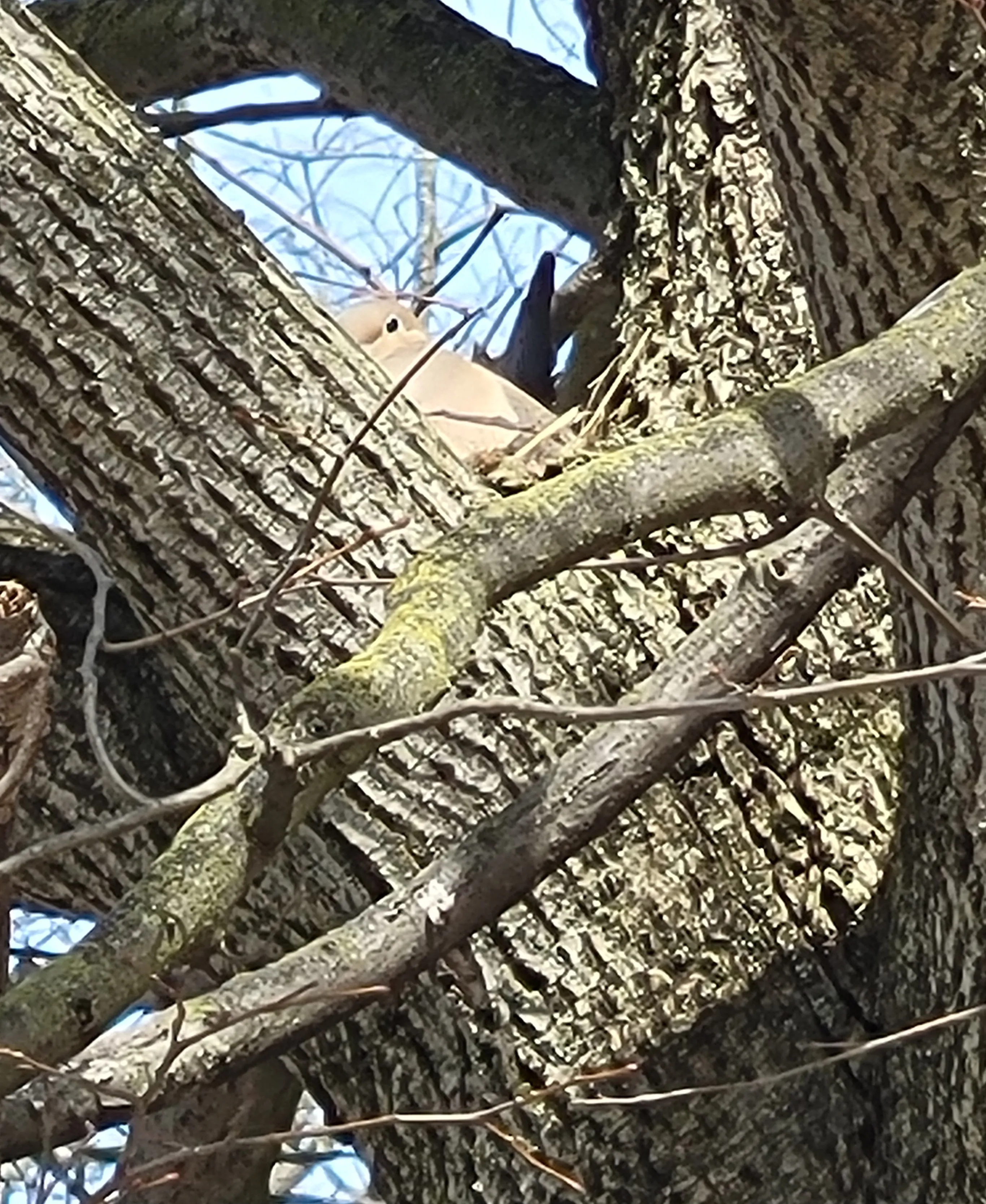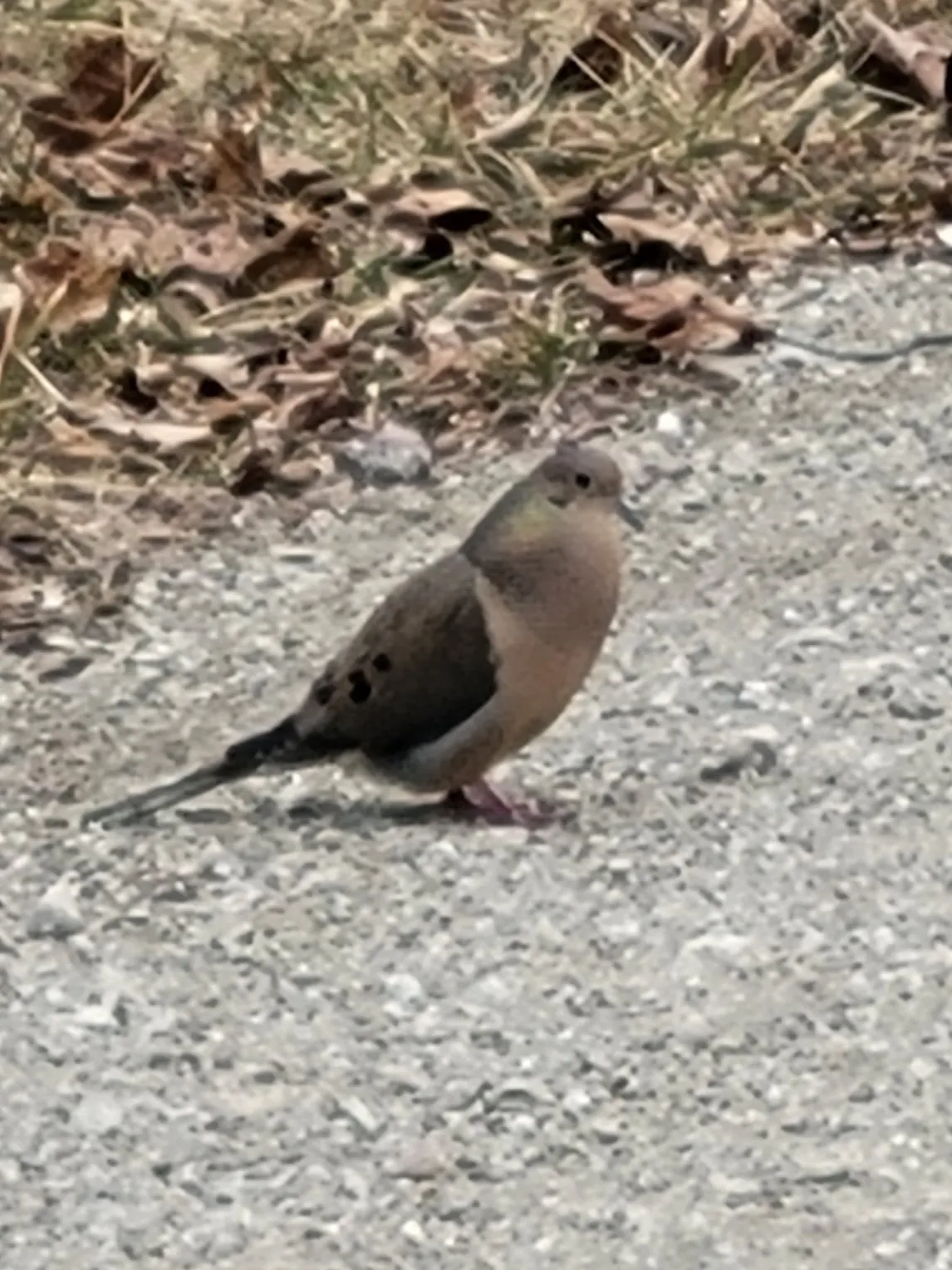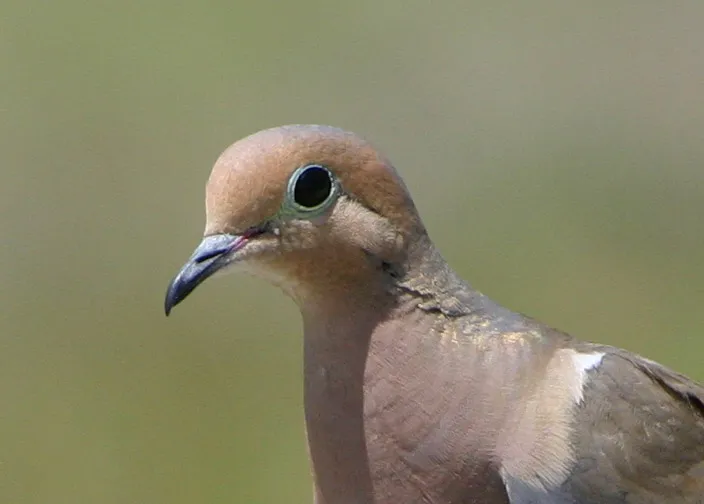Mourning doves are often the first non-raptor birds to begin nesting activities in spring, with their distinctive “cooing” sounds heralding the start of the breeding season. Their nesting behaviors are quite unusual compared to many other bird species, making them a subject of great interest for birdwatchers and nature enthusiasts alike. This article delves into the unique characteristics of mourning dove behavior, particularly focusing on their early nesting habits and specialized feeding methods for their young. Understanding these behaviors offers a glimpse into the remarkable adaptations that allow these common birds to thrive.
Early Spring Nesting
While many bird species are still migrating or just beginning to return to their breeding grounds, mourning doves are already hard at work building nests. Their breeding season typically kicks off with their characteristic cooing calls by the end of February, and nesting often commences in March. This early start is a significant advantage, allowing them to capitalize on favorable conditions before the full rush of the breeding season begins for other birds. This advanced readiness is largely due to their unique feeding strategy, which does not rely on the availability of insects.
A Quick and Flimsy Nest Construction
The nest-building process for mourning doves is remarkably swift. Unlike many species that take about a week to construct a sturdy nest, mourning doves can complete their flimsy nests of twigs and grass in as little as 2-3 days. The construction is a cooperative effort: the male gathers twigs, bringing them to the female who is perched on the chosen nesting site. He then presents the material to her by stepping onto her back. The female skillfully tucks the twigs into place, and this efficient process allows for rapid nest completion. The resulting nest is often a simple, shallow cup, sometimes appearing quite precarious.
 Mourning Dove on nest
Mourning Dove on nest
Unique Feeding: The Power of Pigeon Milk
A key factor enabling the mourning dove’s early nesting and rapid breeding cycle is their ability to produce “crop milk,” also known as “pigeon milk.” This is a high-protein, high-fat substance, similar in consistency to cottage cheese, produced in the parents’ crops. Both male and female mourning doves can produce this milk, which is essential for feeding their hatchlings during the first few days of life. This specialized food source means that young doves do not require insects, which are typically scarce in early spring.
This ability to provide a readily available food source eliminates the dependency on insect availability that many other songbirds face. It allows the parents to remain on the nest more consistently, keeping the young warm and fed without frequent foraging trips. This is a significant adaptation that contributes to their success in establishing nests so early in the season.
 Mourning Dove in the act of "cooing"
Mourning Dove in the act of "cooing"
Small Broods, Multiple Successes
Mourning doves typically lay only two eggs per brood, a smaller number compared to many other songbird species. However, they compensate for this by raising two or more broods each year. The limited number of eggs is directly related to the parents’ capacity to produce enough crop milk to sustain the young. Even with both parents contributing, the milk production is sufficient for only two hatchlings at a time. Despite the small brood size, their consistent breeding efforts allow them to maintain healthy population numbers throughout the year.
Observing Hatchlings
Pinpointing the exact moment of hatching can be challenging for observers due to the parents’ method of feeding. Unlike birds that bring insects to their young, mourning dove parents provide crop milk directly at the nest. This means there are no frequent departures and arrivals at the nest that would indicate hatching. It’s only when the young grow larger and the parents begin to transition their diet from milk to seeds that changes in parental behavior become more apparent. Observing these subtle shifts can provide clues that the young are developing well.
 Mourning Dove nest construction detail
Mourning Dove nest construction detail
The Behavior Of Mourning Doves, from their swift nest building to their unique crop milk feeding, showcases remarkable adaptations for survival and reproduction. Their early entry into the breeding season and efficient resource utilization allow them to thrive in diverse environments, making them a constant and familiar presence in our parks and backyards.
 Mourning Dove feeding young
Mourning Dove feeding young Close-up of a Mourning Dove's head
Close-up of a Mourning Dove's head
References
- Eliza Howell Nature Walk. (2024, March 31). Nesting Mourning Doves – No Insects Needed to Feed Young. Retrieved from https://elizahowellnaturewalk.com/2024/03/31/nesting-mourning-doves-no-insects-needed-to-feed-young/
